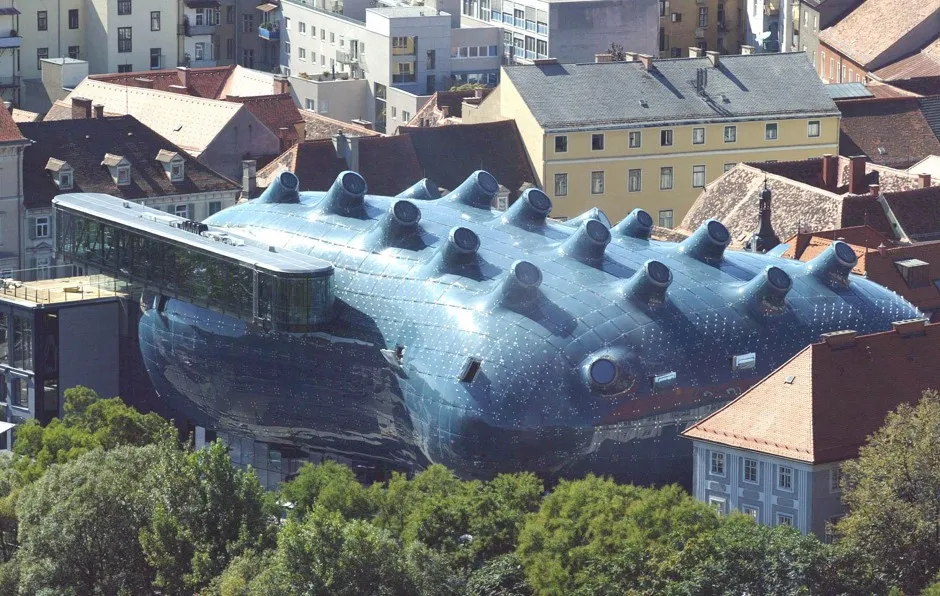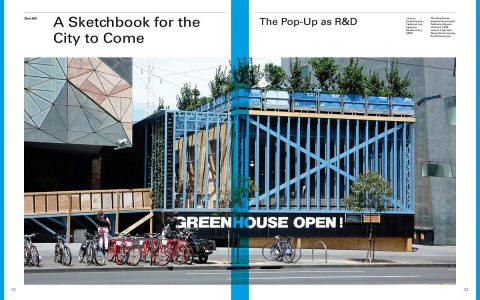Archigram's Instant City Concept
The Archigram group, emerging in the 1960s, pioneered radical architectural visions with their "Instant City"—a portable, inflatable urban system deployable via airships. This concept emphasized mobility, plug-in infrastructure, and technology-driven adaptability to counter static urbanism. Core elements included modular units for housing and services, promoting a transient, consumer-oriented lifestyle.
Comparison with Modern Technology
Archigram's forward-thinking ideas resonate starkly with today's tech landscape, yet diverge fundamentally. Modern equivalents involve cloud-based networks like IoT and 5G enabling smart cities through real-time data and AI. Key parallels include modular design seen in pop-up stores and app-based services, such as Uber for mobility or Airbnb for temporary habitation. However, Archigram's physical ephemerality contrasts with digital permanence—tech today fosters virtual communities via platforms like Zoom, whereas Instant City was rooted in tangible, mobile hardware.
Enduring Influence Today
Archigram's legacy pervades contemporary design and urbanism, driven by technological advancements:

- Flexible Urbanism: Concepts like pop-up parks and modular architecture draw from Instant City's adaptability.
- Digital Nomadism: Remote work tools and portable tech echo its transient lifestyle ethos.
- Sustainable Innovation: Temporary disaster relief structures leverage similar plug-and-play models, enhanced by renewable tech.
Overall, while modern tech scales these ideas digitally, Archigram remains foundational in promoting user-centric, dynamic environments.







